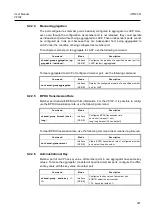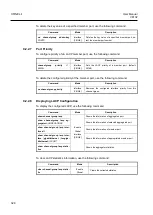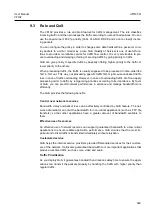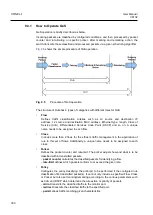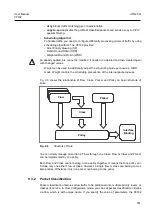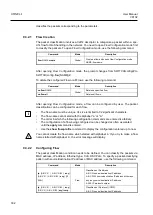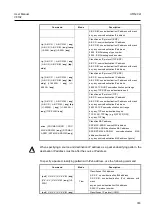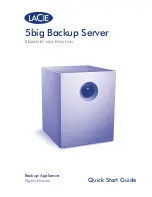
UMN:CLI
User Manual
V8102
336
9.3.2.4
Class Creation
A class is a set of flows. More than 2 flows can belong to one class. You can simply han-
dle and configure the packets on several flows at once.
To create a class including more than 2 flows, use the following command.
Command
Mode
Description
class
NAME
flow
FLOW1
[
FLOW2
] [
FLOW3
]
···
Global
Creates a class including more than 2 flows.
NAME: class name
FLOW: flow name
To display created class, use the following command.
Command
Mode
Description
show class
[
NAMES
]
Global
Shows specified class
show class admin
[
NAMES |
detail
]
Shows the information relating ro class name
NAMES: class name
show class detail
[
NAMES
]
To delete configured class or all classes, use the following command.
Command
Mode
Description
no class
all
Global
Deletes all classes.
no class
NAME
Deletes specified class, enter the class name.
no class
NAME flow
FLOW1
[
FLOW2
] [
FLOW3
]
···
Removes specified flows from class.
9.3.3
Packet Conditioning
After defining traffic classification criteria in
Flow Configuration
mode, then configure how
to process the packets. The classified traffic from flow or class is being treated according
to the policer configuration. On
Policer Configuration
mode, a policer enforces a rate-
limiting and the packet counter for traffic. The traffic is identified via policers, which are
used to define traffic conditions including rate-limit and counter. And the policy actions for
the identified traffic are created with policy. One policer can belong to one policy.
9.3.3.1
Policer Creation
To configure how to handle the classified packets according to the policer settings, you
need to create a policer and open
Policer Configuration
mode.
To open
Policer Configuration
mode, use the following command.
Command
Mode
Description
policer
NAME
create
Global
Creates a policer and opens
Policer Configuration






